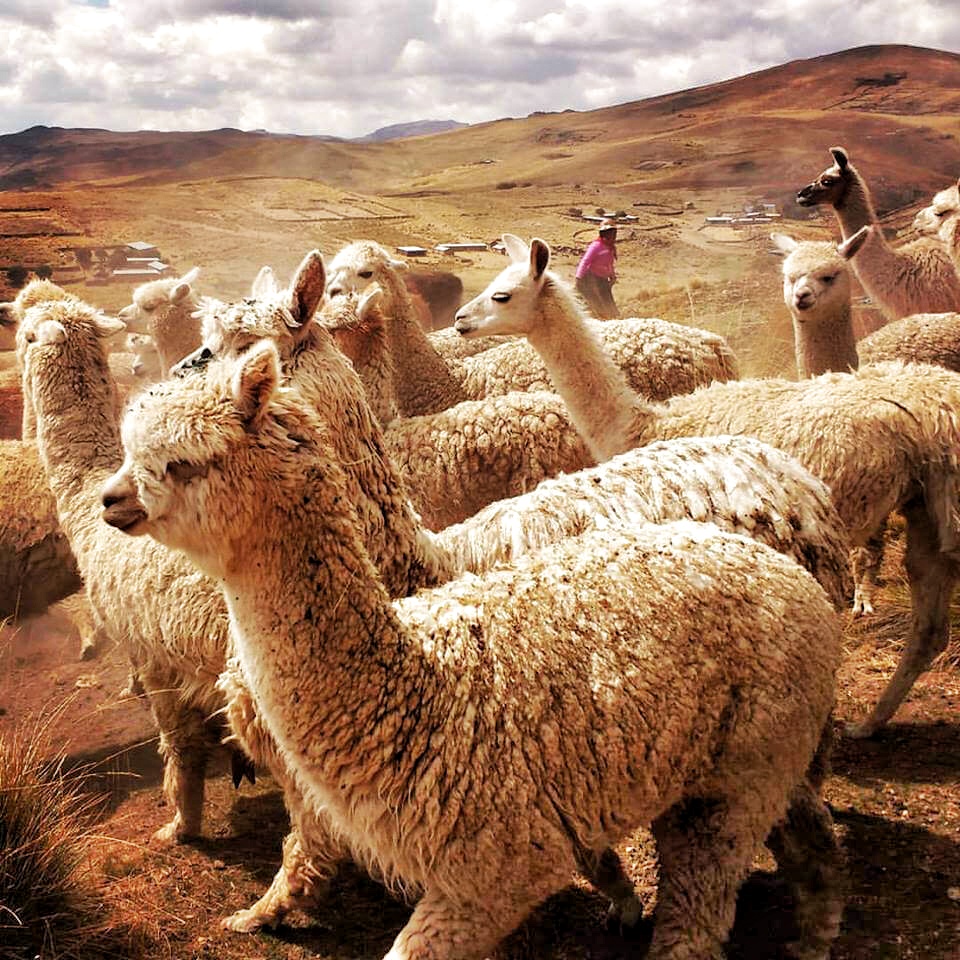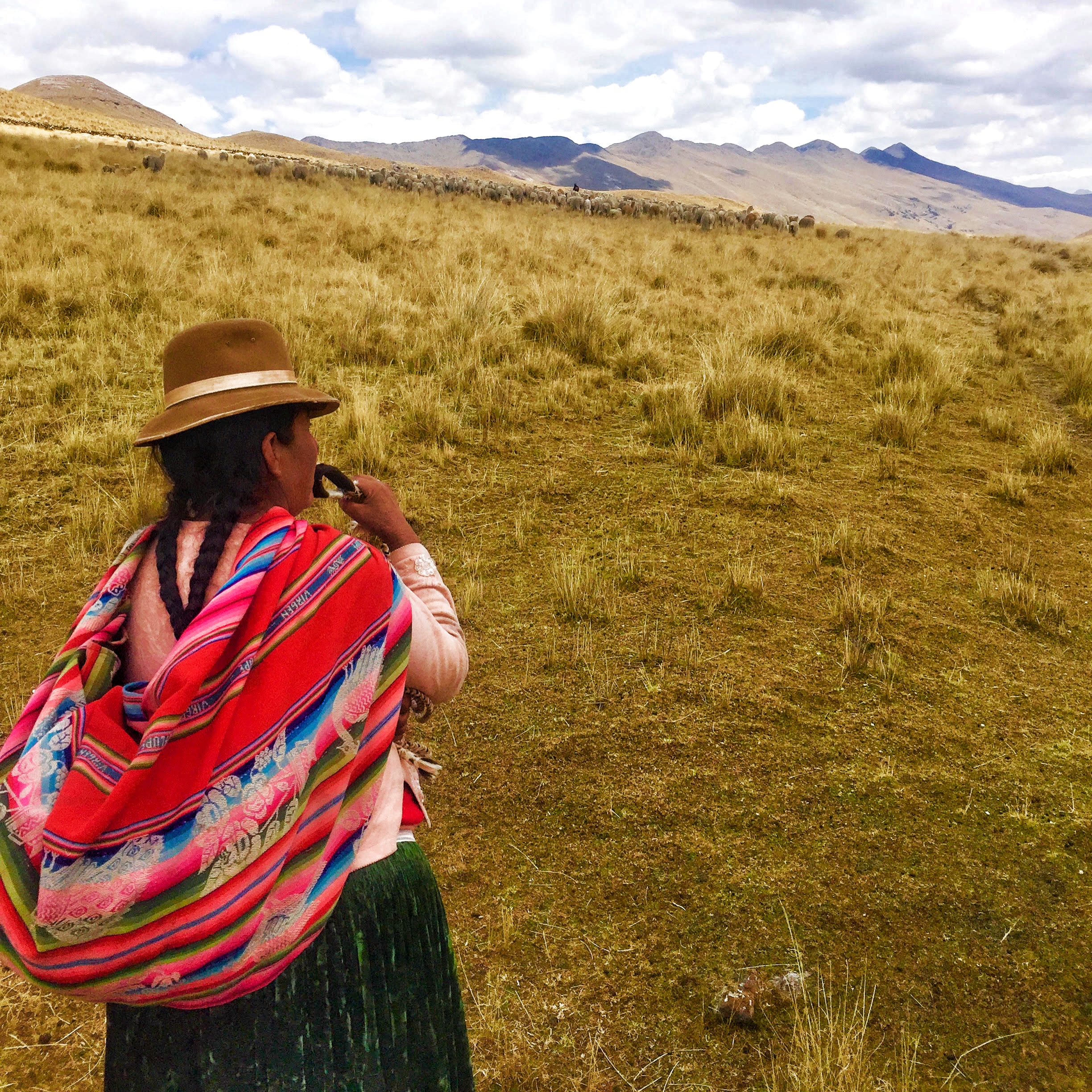
Project Summary
The Chijnaya Foundation was created in 2005 to support community-led projects in the Peruvian altiplano, with the goal of helping indigenous communities improve their economic and cultural well-being. Currently, the Foundation and its Peruvian counterpart organization, Pro-DIA, work with 30 Quechua communities to design and implement projects focused on health, education, and economic development. Economic Development is the largest program, and it has helped communities invest over $244K in projects to improve their income-generating activities and increased family income by up to 300% in participating communities. The project for which we are seeking support, The Restoration and Protection of Bofedales, is connected to both sustainable resource management and economic development and will work with 5 alpaca herding communities to support their efforts to overcome environmental and economic challenges that threaten their traditional livelihood.
The Chijnaya Foundation’s Alpaca Program supports local efforts to improve the economic profile of alpaca herders through the production of hand-spun yarn. The program considers the many different factors that must be addressed for communities to sustainably increase their income including reducing herd mortality rates, improving breeding practices, strengthening the organizational and administrative capacities of the local organizations involved, improving yarn production, and restoring and protecting the high wetland areas, called bofedales, that make alpaca herding possible. Many projects have already been implemented in this program including the construction of mobile animal sheds to reduce herd mortality rates, training sessions on yarn production standards, and the acquisition of pure-bred alpacas to improve herd genetics.
In 2022, the program will focus on the restoration and protection of bofedales. This project is a key aspect of the Alpaca Program because alpaca herding, and these communities, cannot sustainably exist without bofedales. The project will include the evaluation of the bofedales in 5 communities by a local expert who will then work with each community to design individualized plans for the recuperation and protection of those landscapes. The implementation of these plans will consist of theoretical training sessions as well as work in the field to implement the strategies laid out. The project has received partial funding through a grant from the New England Biolabs Foundation and is looking for additional funding opportunities to support project budget needs.
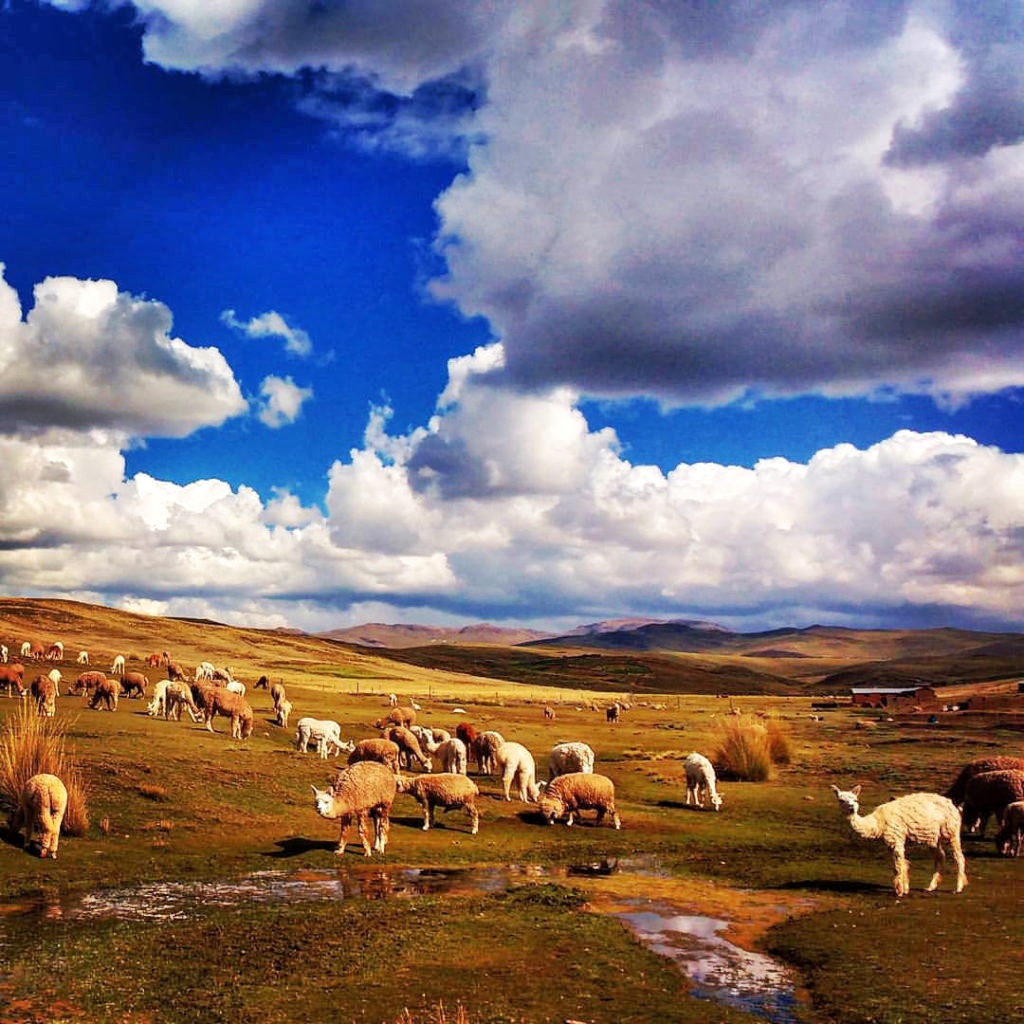
Background
Bofedales are a type of wetland found in the Andes of Peru and Chile at elevations above 12,500 ft above sea level. They form in flat areas, often near ponds or streams, and can be natural or man-made. Bofedales absorb the limited amount of water available in high-altitude communities from snow, glacial melt, and rain showers and slowly release this water throughout the year. They normally have peat in their soil and vegetation year-round due to the humidity of the soil. These wetlands are a fundamental part of high-altitude environments in the Andes because they help regulate water levels in nearby aquifers, provide water for both animal and human consumption, and provide grazing pasture for livestock. In recent years communities have noted that bofedales are beginning to disappear due to reduced water supplies caused by climate change and overgrazing caused by economic pressure.
Communities Involved
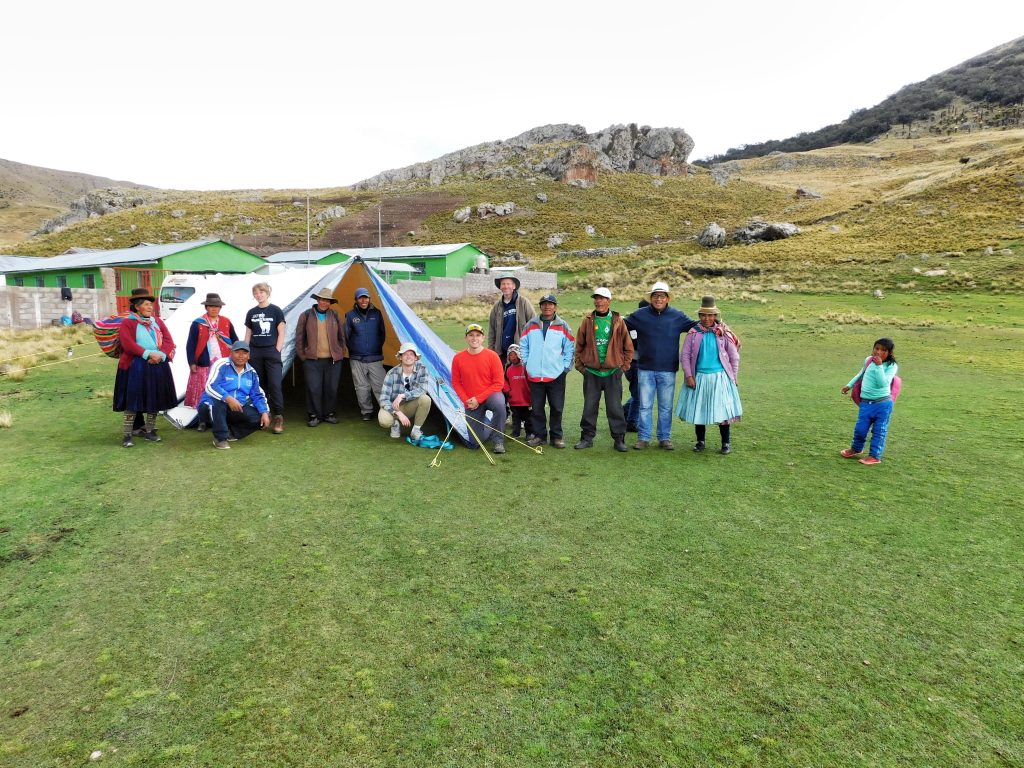
This project will take place in 5 alpaca herding communities: Coarita, Sapanccota, Alto Pucarayllu, Pucarayllu, and La Union. These communities are in the districts of Pucará and Paratía in Puno, the southern region of Peru that borders Bolivia, and are located at high altitudes of about 14,000 ft and above in the Peruvian altiplano. At the request of these communities, we facilitated the design of this project to help them attain the goals they set out.
In addition to community involvement in project design, community members will be involved in every step of project implementation. During project implementation, they will participate in training sessions, work with the project team to design a personalized plan of action based on the methods from the training sessions, and then implement the activities from the plan they create.
Materials for projects will be funded using a community rotating loan model that The Chijnaya Foundation uses to fund economic development projects. In this model, community members pay back project funding used to buy materials to their community rotating fund. Each community works with our team to manage the fund by setting interest rates and a timeline for repayment. Once the money is repaid, the community works with our team to design a new project and uses their community rotating fund to implement it.
Project Objectives
Through this project, we aim to train 80 people on methods to recuperate and protect bofedales, design and implement 5 individualized action plans, and plant 40 hectares of native grasses. The long-term goals of this project are to increase the water flow of 40 natural springs, recuperate and protect 40 hectares of bofedales, and help communities develop the knowledge and resources they need to properly manage their bofedales and overcome future threats to the landscape.
Strategies and Actions
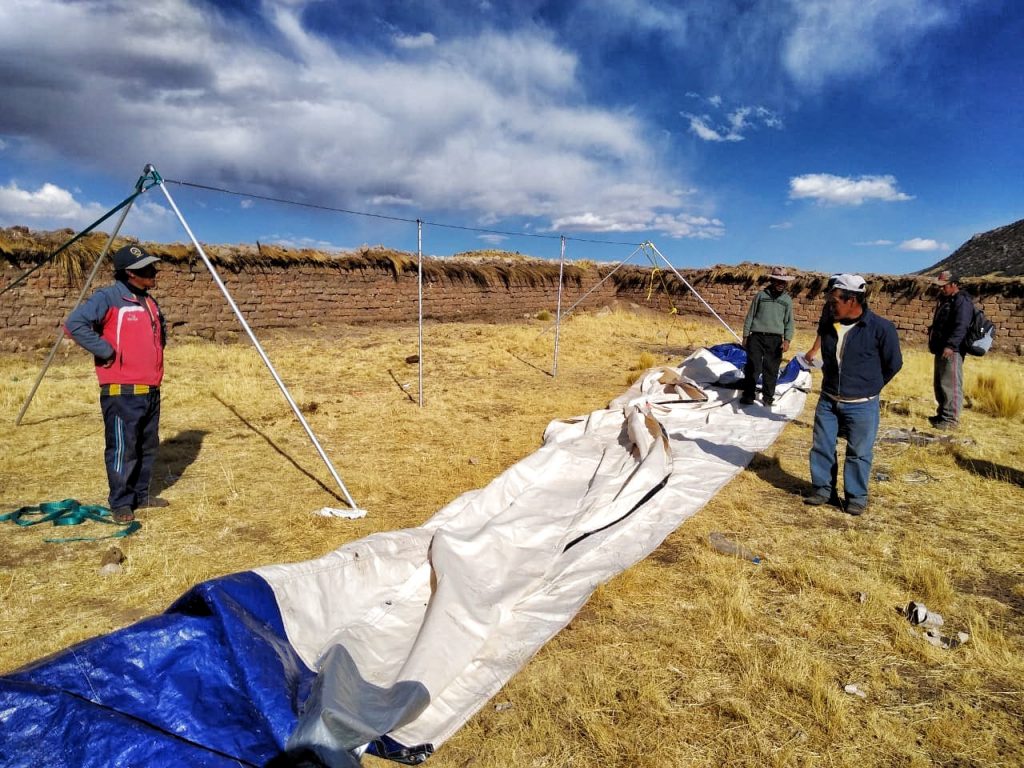
A local expert in bofedales will be contracted to evaluate and measure baseline data for the bofedales in each community. The local expert, with the assistance of our team in Peru, will design and implement training sessions on methods for recuperating and protecting bofedales and then work with each community individually to create and implement a personalized plan to recuperate, protect, and manage their bofedales based on local knowledge and other proven strategies.
Since overgrazing has had a huge negative effect on bofedales, one strategy for recuperation will be to plant native grasses in and around bofedales to improve water infiltration. Wire paddock fences will then be used to protect areas of the bofedales from overgrazing. Another strategy for recuperation will be to dig canals, berms, and swales to strategically direct water to bofedales in order to maximize water flow to natural springs and water infiltration. Baseline data will be measured at the peak of the dry season in September 2022 and training sessions and action plans will be implemented from October- November right before the beginning of the wet season. The first set of project results will be measured in the following year during September 2023.
This project will be evaluated by measuring two important factors: the area of bofedales and the flow rate of the natural springs in bofedales. The area of bofedales will be measured using satellite images or land surveys, depending on the preference and suggestion of the engineer contracted for project implementation. Flow rates can easily be measured by using a PVC tube to allow water to flow out of the spring and then measuring the time it takes to fill a certain volume with the flow from the tube. This method was used to measure the flow rate of natural springs of previous water infrastructure projects implemented by The Chijnaya Foundation.
Project Budget
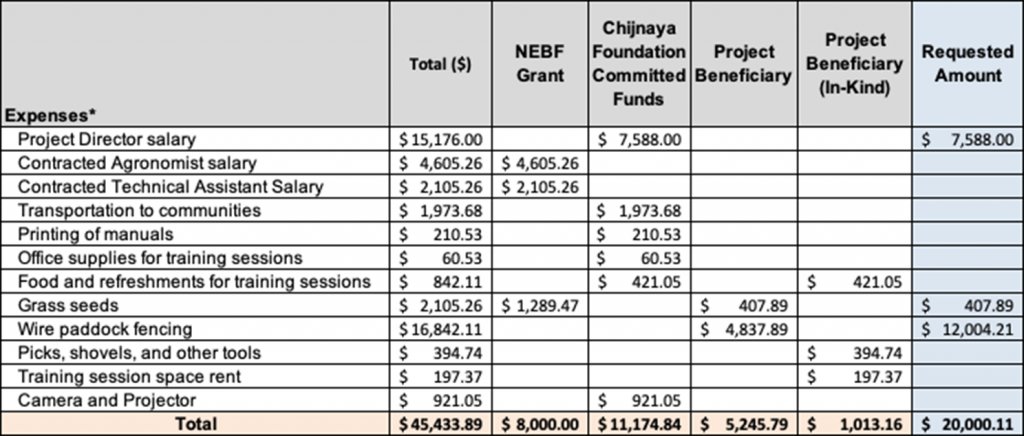
Project Timetable
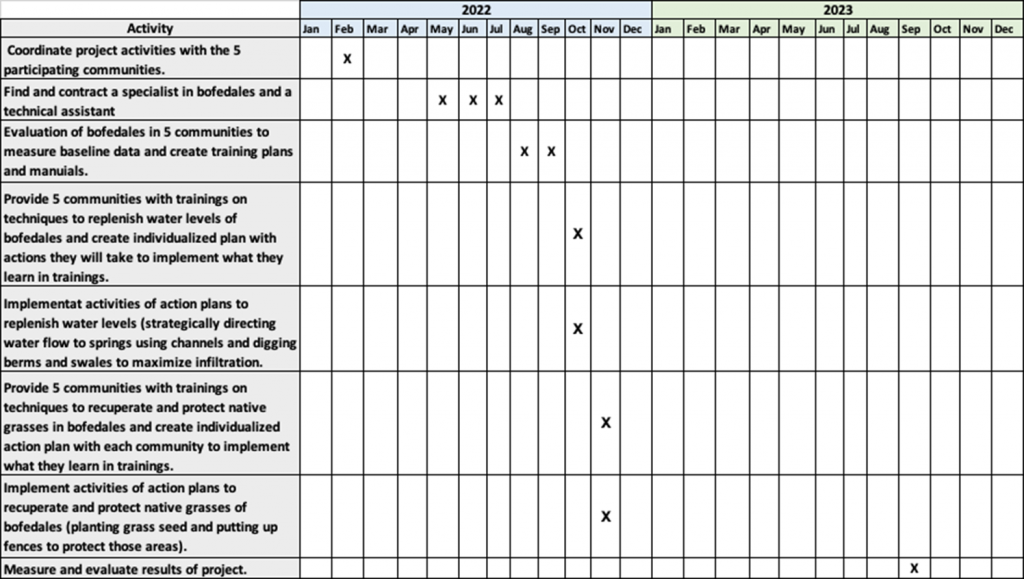
The Water Charity contribution to this project has been funded through the generosity of the Paul Bechtner Foundation. To read a progress report on this project, CLICK HERE.
To read details about the First Conclusion Report, CLICK HERE. To read details about the Final Report on this project, CLICK HERE.
